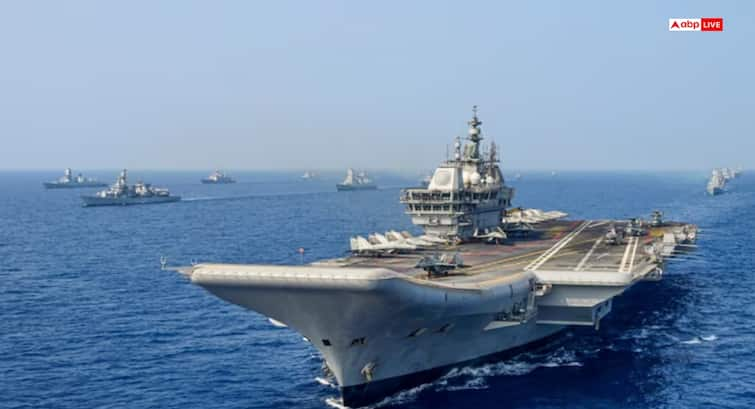The Indo-Pacific is witnessing its sharpest military build-up in decades, led by China’s rapid defence expansion and escalating regional tensions. From the South China Sea to the Taiwan Strait, rival powers are ramping up investments in advanced weapons and naval strength, reshaping the balance of power across the world’s most contested waters.
The Indo-Pacific is undergoing unprecedented militarisation, fuelled by China’s rapid military expansion and intensifying geopolitical disputes.
Rising tensions have prompted regional powers and their allies to invest billions in defence and naval capabilities, reshaping the balance of power across the world’s most strategically contested waters.
China’s assertive moves in the South China Sea, coupled with clashes involving other navies, have strengthened calls for a “free and open Indo-Pacific.”
China: the biggest spender
China now accounts for more than 45 per cent of total defence spending in the Indo-Pacific in 2024. Its official defence budget stands at 233.47 billion dollars, though many believe the figure is understated. Beijing has stepped up its military expansion, including dual aircraft carrier operations, and is estimated to have spent 15.3 billion dollars on Pacific exercises in 2023, according to Taiwanese sources.
Australia: Aukus-driven expansion
Canberra has pledged 8 billion dollars over the next decade to upgrade the Henderson shipyard in Perth as a maintenance hub for nuclear-powered submarines under the Aukus pact with the UK and the US. This forms part of a wider military overhaul aimed at enhancing long-range strike capabilities. Defence spending is climbing to record highs.
Japan: historic defence build-up
Japan has requested a record budget of more than 60 billion dollars for the coming fiscal year as part of a five-year, 292 billion dollar defence plan launched in 2022. For 2024, Tokyo has already approved 55.9 billion dollars, up 16.5 per cent, to boost missile defence systems and long-range strike power.
United States: Indo-Pacific priority
Washington has made the Indo-Pacific its top defence priority. The Pentagon has proposed 9.9 billion dollars for the Pacific Deterrence Initiative, while lawmakers have advanced 10.7 billion dollars in additional Indo-Pacific funding.
This includes 200 million dollars for the Guam Defence System and 1.1 billion dollars for US Indo-Pacific Command infrastructure. Altogether, a 150 billion dollar package underscores America’s intent to deter China through conventional and nuclear deterrence, industrial capacity, and missile defence.
Taiwan: under daily pressure
Facing relentless Chinese military activity near its waters, Taiwan plans to raise defence spending to over 3 per cent of GDP by 2026, with the goal of reaching 5 per cent by 2030.
South Korea: balancing two fronts
Seoul has earmarked 222 billion dollars for 2021–2025 to strengthen its readiness against both North Korea and China. Investments are focused on advanced weaponry, cybersecurity and overall resilience. Defence spending is expected to grow at two per cent annually, hitting 50.1 billion dollars by 2030.
Emerging technologies: will oceans stay opaque?
Speculation is rife — particularly from China — about breakthroughs in submarine-detection technology. These range from vast sonar networks and quantum sensors to satellites that detect tiny surface disturbances, magnetic field monitoring, and AI-driven analysis of massive datasets.
Could such advances make the oceans — once the world’s last opaque frontier — nearly transparent? The answer may be partial: while contested shipping lanes and coastal waters could come under intense surveillance, remote deep-sea trenches may remain beyond reach.
The stakes for Australia
Forecasting conflict is never certain. But for Australia, which has committed an extraordinary 368 billion dollars to its Aukus nuclear submarine fleet, the risks are stark: could today’s apex predator become tomorrow’s prey?
End of Article

)

